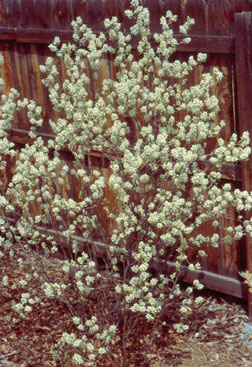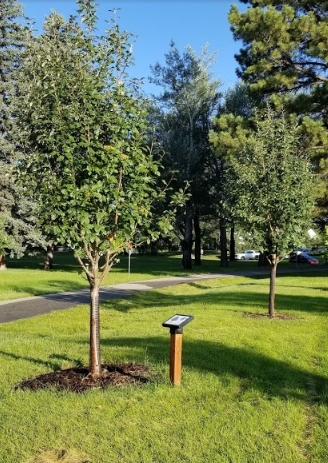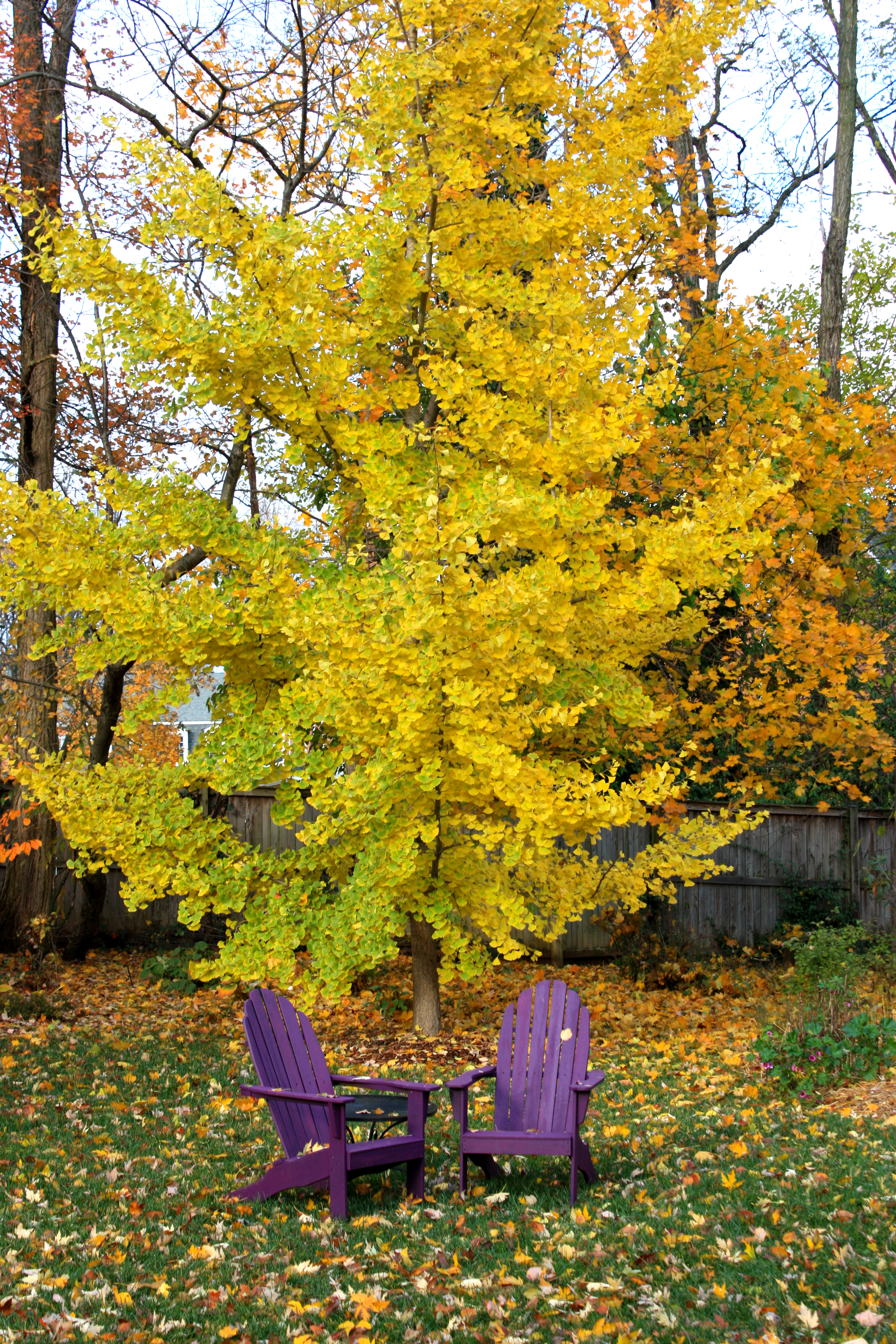Colorado Governor Jared Polis recently designated this week,
May 15-22nd, as Noxious Weed
Awareness Week in Colorado. For anyone who, like me, considers themselves a
Weed Warrior, this proclamation helps highlight the need for everyone in our
state to take noxious weed control seriously. And while many landowners are
very familiar with the identification of noxious weeds, many home gardeners are
not and may inadvertently be harboring these weeds in their gardens.
As a little reminder, noxious weeds aren’t just annoyances
in your yard or property: they are non-native, invasive weeds that have a
competitive advantage over our vegetation and displace our native plants. Many of
them are from other continents entirely and don’t have insects or disease they
may have had in their native land that kept them from becoming unruly. Noxious
weeds are ones that have been determined by state or local governments to be a
threat to local environments and have been placed on a Noxious Weed List. In
Colorado, there exist three lists of noxious weeds, and corresponding controls
are needed for each.
List A species
are weeds that must be eradicated whenever detected in order to protect
neighboring communities and the state as a whole. These weeds may or may not be
in the state yet, or may be in adjacent states and infestation is probable. Eradicating
them as soon as they are found helps keep them from getting a foothold in our
state.
A few plants that may be planted in gardens can be found on
List A. Myrtle Spurge, Orange Hawkweed, and Purple Loosestrife are all plants
that someone thought would make wonderful ornamentals in the yard, but showed
quickly that they are aggressive, dominating species that quickly take over our
native vegetation when they escape the confines of a garden.
 |
| Oxeye Daisies taking over fields near Steamboat Lake |
List B species are those that are present in the state, but the Colorado Department of Agriculture, in consultation with the Colorado Noxious Weed Advisory Committee, has developed a plan to keep these weeds from spreading. Plants that were once considered ornamentals that have now found themselves on List B due to their aggressive tendencies include Common Tansy, Dalmatian Toadflax, Dames
Rocket, Oxeye Daisy, Russian Olive, and Yellow Toadflax.
List C species are weeds that the CDA will help support efforts by local county and city governments to educate people on their threat and to help use management methods to limit spread. This list includes many common ‘garden weeds,’ like Field Bindweed and Redstem Filaree. List C also includes common mullein, which is spreading along roads, railroads, and trails across the state.
 |
| Dalmatian Toadflax on a hillside |
Controlling noxious weeds is not only the right thing to do
if you’re a gardener or native plant advocate, but also because it is the law.
Many of these weeds can be controlled with mechanical, cultural, or chemical
means, and using an integrated approach to control using all of these methods is
most effective. Of course, keeping the ground covered with healthy vegetation
and not giving weeds a place to grow is the best solution, and also gives our
native pollinators the best chance at thriving, too.

















